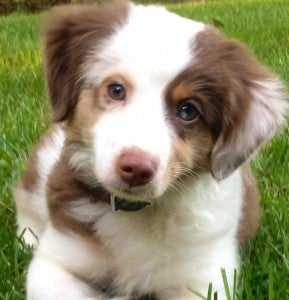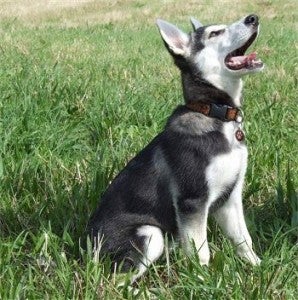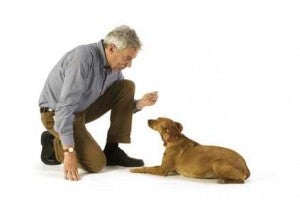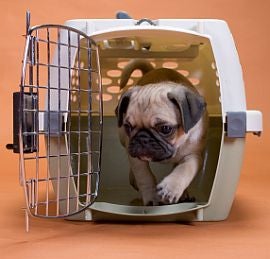 Anterior Uveitis can be a serious problem when it comes to dogs. There are several factors that have been linked to the cause of this disease. These are:
Anterior Uveitis can be a serious problem when it comes to dogs. There are several factors that have been linked to the cause of this disease. These are:
•Infections that have been caused by pathogenic microorganisms. These include bacteria, viruses and fungi. A dog that spends a lot of time outdoors is at a higher risk of being exposed to these pathogens.
•Immune-mediated conditions that are breed specific
•Eye trauma or injury
•Metabolic diseases
•When protein escapes from the eye lens into the eye fluid. This is often linked to cataracts.
•Older dogs that have tumors or cancers
But Anterior Uveitis might only be a symptom – it could be alerting you to a serious underlying condition that your dog is suffering from.
The symptoms of Anterior Uveitis include pain, tearing, redness, and squinting in bright light. The dog’s pupil may look small or uneven in shape, the iris is unevenly colored, and there could be a cloudy appearance in the front part of the eye.
To eliminate other causes and to come up with the best treatment for your dog, several steps and tests should be run. You’ll need to give your vet a complete medical history so he or she can conduct a comprehensive physical examination. Your vet will use an opthalmoscope to look at different portions of the eye. As well, tonometry may be performed, which can assess the pressure in the eye. Other tools that can be used to diagnose this disease include blood tests, ultrasound, x-rays, and examination of fluid samples.
If your dog is diagnosed with Anterior Uveitis, the treatment involves both symptomatic and specific therapy. In some cases, surgical intervention may be required.
In the case of symptomatic treatment, simple solutions such as topical medications (eye drops) or ophthalmic ointments are all that are needed. To alleviate pain and inflammation, you vet may prescribe oral medications. To target the exact cause of Anterior Uveitis, treatments such as antibiotics, antifungals, or other medications will help to reduce the immune-mediated inflammation.
In some serious cases, surgical intervention may be required. This is usually needed when a tumor or secondary complications are present and medications have not worked. Surgical removal of the eye may be necessary if the problem is serious enough.
























